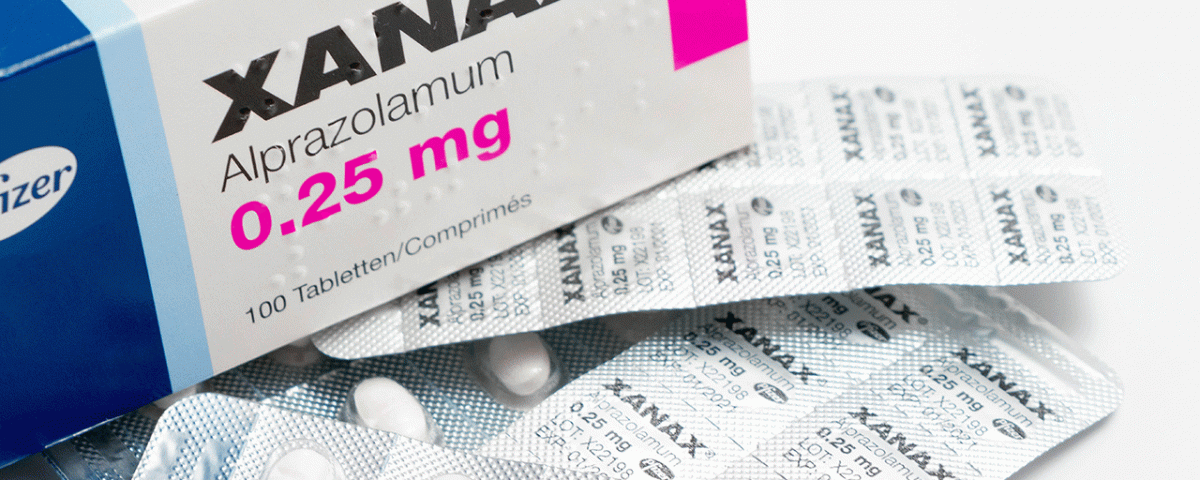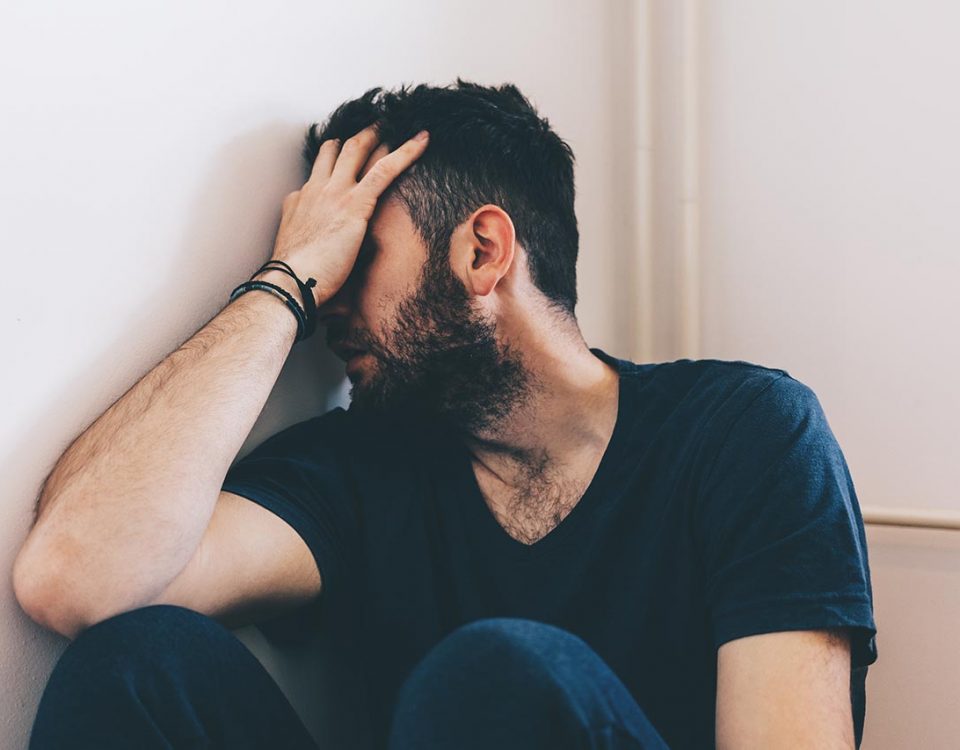The History of Xanax
Otherwise known as alprazolam, Xanax is a type of benzodiazepine that’s prescribed to treat anxiety disorders and panic disorders. It was created to be an effective sleep aid with muscle relaxant qualities. As time progressed, its effectiveness in treating anxiety, panic, and mood disorders gave it a foot in the door to the medical world. But while it seems like a common medication today, have you ever wondered “where did Xanax come from?” or how it became one of the most prescribed drugs in the United States? If so, keep reading to dive into the history of Xanax with us.
When Was Xanax Created?
The most immediate question that comes to mind is: who invented Xanax? Medicinal chemist J.B. Hester invented Xanax in the late 1960s and was given a patent for the drug in Germany in 1970.
Due to the rise in psychiatric treatment in the 1950s and 1960s, researchers began searching for ways to help people affected by insomnia, specifically caused by anxiety. Chemist Leo Sternbach rose to the occasion when he developed the first benzodiazepine, Librium, in 1955 and started marketing it in 1960.
Following some chemical modifications, Valium eventually emerged in 1963. Xanax later resulted from these discoveries and continued research.
Xanax is a derivative of an antidepressant and also has a benzodiazepine molecule, which inhibits overactivity in the central nervous system by stimulating the release of GABA. The group that Xanax belongs to is called triazolobenzodiazepines.
When Hester came up with Xanax, Upjohn presented the new drug to the Food and Drug Administration (FDA) as an antidepressant. The company produced about 50 double-blind studies to prove that Xanax was more effective and less toxic than other drugs that were available at the time, such as tricyclic antidepressants.
The Upjohn Company was granted a patent for Xanax in 1969. It wasn’t until 1981 that Xanax was released to the public for the prescribed use.
Xanax and Panic Disorder
Although the FDA did give Upjohn approval, it eventually changed the plans and decided that Upjohn couldn’t promote Xanax as an antidepressant but rather an anti-anxiety medication that “doesn’t cause depression.” Because Upjohn has already spent millions of dollars on studies to prove that panic was its own disease, the FDA did not require them to compare Xanax to other placebos or anti-anxiety medications that were available at the time (Valium and Librium.)
As a result, written prescriptions for Xanax spiked in the 1990s, and it became one of the most commonly prescribed drugs in psychiatry. Many psychiatrists at the time were writing these prescriptions in hopes that the drug would decrease the prevalence of panic disorder that was sweeping the nation at the time.
Panic was even referred to as the “Upjohn illness” at one point. By 1995, the Swedish company Pharmacia acquired The Upjohn Company, and Pfizer Pharmaceuticals eventually acquired both and is now the manufacturer of Xanax.
Xanax Use Today
The FDA initially approved Xanax on October 16, 1981. By the 1990s, Xanax was one of the leading drugs used in the field of psychiatry.
It’s currently labeled as a Schedule IV Controlled Substance, meaning that it has a low potential for abuse and addiction, according to the FDA. Today approved uses for Xanax include the treatment of anxiety and panic disorders, but physicians may also prescribe it off-label to treat conditions like insomnia and depression.
History of Abuse
It’s also important to note that the history of Xanax isn’t all that positive. Despite its drug schedule, Xanax is addictive and is one of the most commonly abused benzos in the U.S.
People may mix benzos with alcohol, take higher doses than directed, take their friends’ or family members’ prescriptions, or mix them with other depressants to get high. However, these practices increase not only your risk of addiction but also the risk of overdose, which can be fatal.
If you or someone you care about is suffering from Xanax addiction or dependence on other benzos, you can get the help you need at Banyan Treatment Centers. Our evidence-based and personalized Delaware addiction treatment addresses the root causes of Xanax abuse.
To learn more about our inpatient drug treatment and other available treatment options, call our Milford rehab today at 888-280-4763.
Related Reading:
How Benzos Affect the Brain
How Long Benzos Stay in Your System









